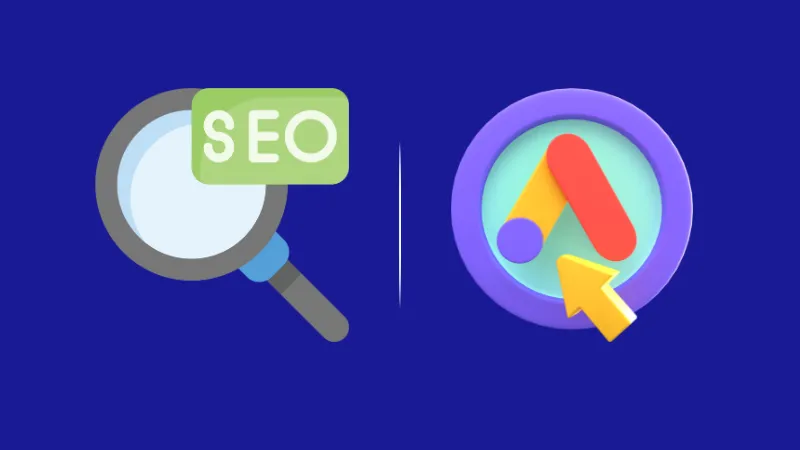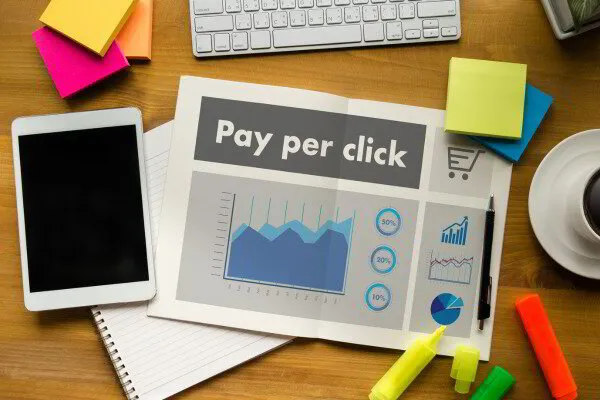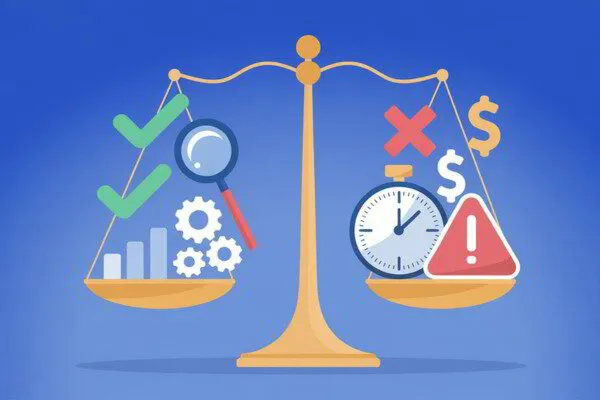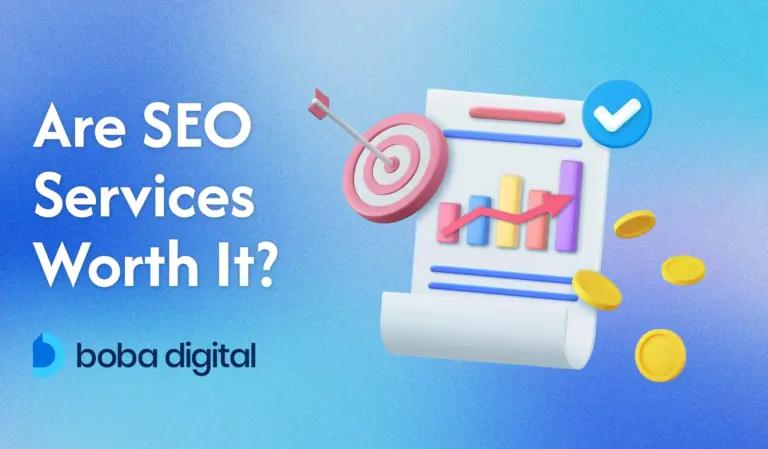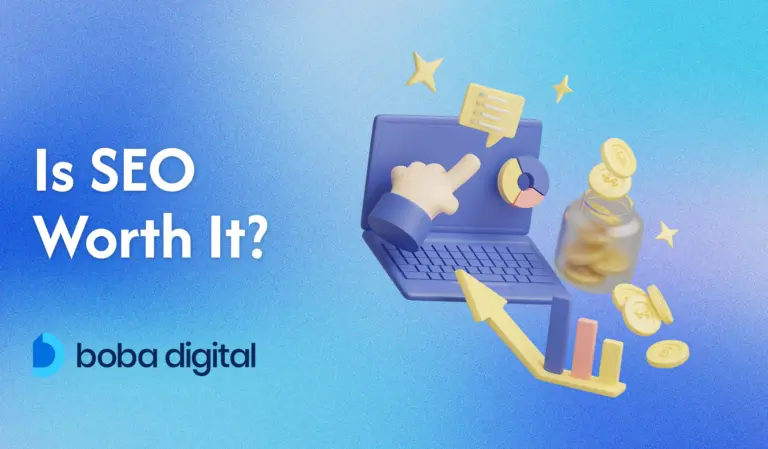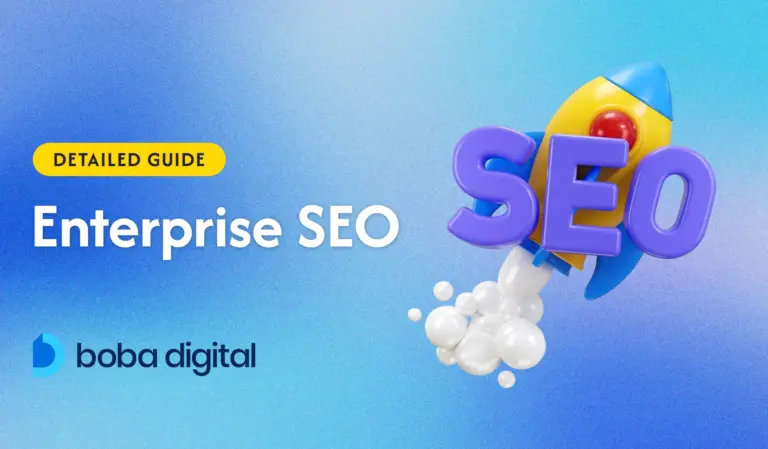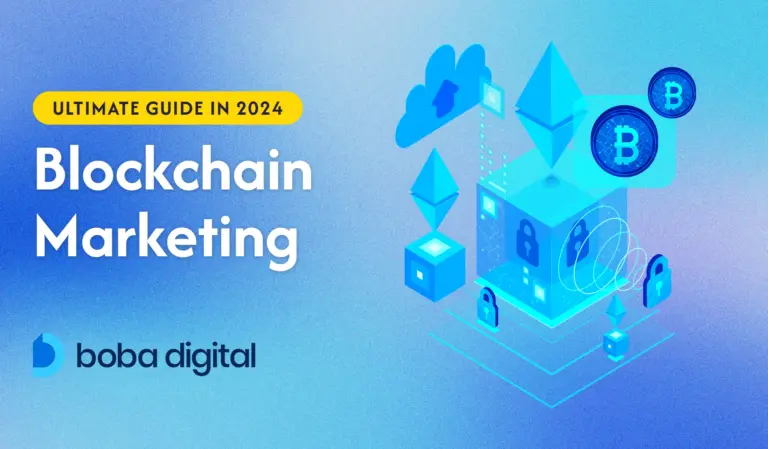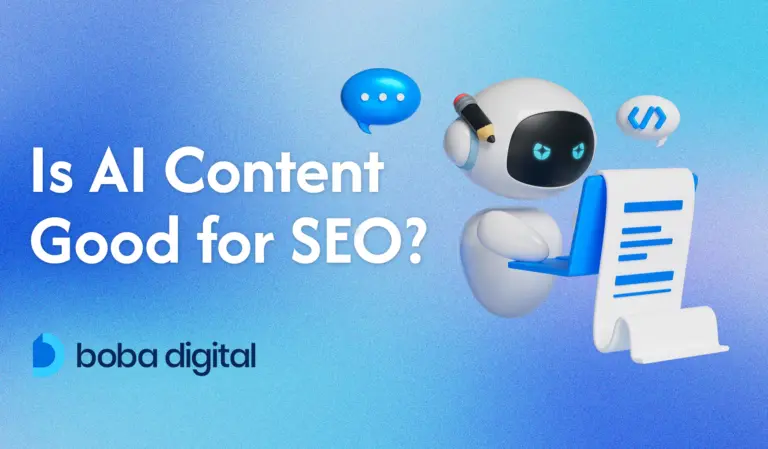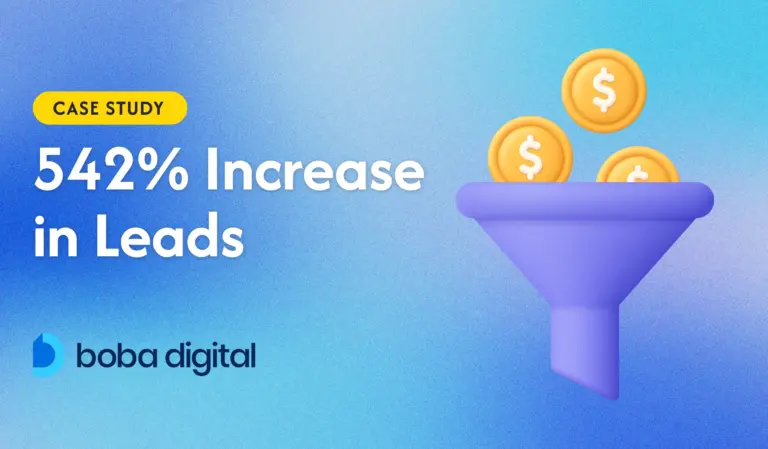SEO vs Google Ads: Which One Should You Invest In?
Choosing between SEO and Google Ads is a bit like picking between coffee and an energy drink. One builds you up slowly, the other gives you a quick jolt. Both get you going, but in entirely different ways.
If you’ve ever wondered whether search engine optimization or Google’s advertising platform is the smart choice for your business’s online presence, you’re not alone. Every brand aiming for that first page on Google search results has faced the same question.
SEO and Google Ads both aim to drive traffic, boost visibility, and attract potential customers through search engines. But how they do it? That’s where things get interesting.
Is it better to invest in a long term solution or chase immediate results? Should you focus on organic search or pay Google for top placement?
The answer depends on more than just your budget. Stick around. Things are about to get real (and really helpful).
Fundamental Differences Between SEO and Google Ads
How SEO Works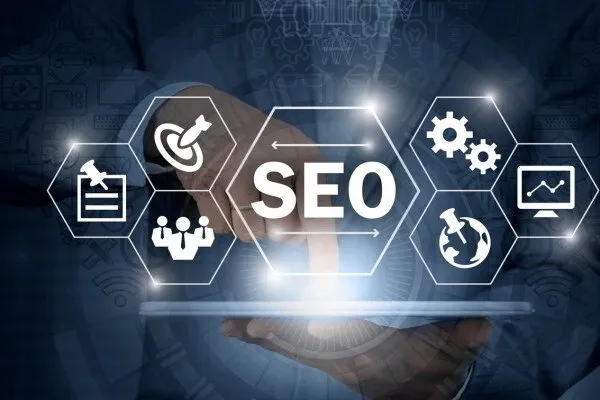
When someone searches for the best sushi place nearby or a reliable accountant, they usually click on one of the first few results that show up on Google. That’s where SEO steps in. Short for Search Engine Optimization, SEO is the strategy of improving your website to show up in organic search results when people look for topics or services related to your business.
It starts with optimizing your site content using the right keywords related to what your potential customers are already searching for. This includes placing those search terms naturally in page titles, headers, and meta descriptions.
But SEO doesn’t stop at keywords. It also involves making your website fast, mobile-friendly, and easy to navigate so search engines find it trustworthy enough to rank.
Off the page, SEO involves building authority through backlinks. Think of it as earning credibility from other websites that vouch for your content. When credible sites link to your website, search engines notice and boost your page rankings.
For example, if you own a landscaping business and regularly publish helpful blogs about seasonal lawn care, those articles can start ranking for search terms like “spring lawn prep tips” or “best grass for shade”. Over time, this kind of content creation builds organic search traffic without you having to pay Google every time a person clicks.
What makes SEO a smart choice for many businesses is its potential to deliver results that compound. Unlike ppc campaigns that offer immediate results but stop as soon as you pause your spend, an optimized website keeps working in the background.
As your pages start ranking on the first page of search engine results pages, you build trust, drive traffic, and boost your brand’s visibility without relying solely on paid traffic.
Simply put, a solid SEO strategy is your ticket to higher rankings, better credibility, and consistent organic traffic without needing to run Google ads campaigns around the clock.
How Google Ads Works
Imagine being able to show up at the top of Google search results exactly when someone is looking for what you offer. That’s the power of Google Ads. While SEO takes time to build momentum, running Google Ads gives you the fast lane to visibility.
Google’s advertising platform works on a pay-per-click model. That means you only pay when a person clicks on your ad, not for every time it appears. You bid on relevant keywords—terms your potential customers are already typing into the search bar.
If your bid is strong and your ad quality is high, your business can land in one of those prime spots at the top of the search engine results pages.
One of the biggest advantages of PPC ads is precision. You can target your campaigns by location, language, device, time of day, even by the interests and behaviors of your audience.
Whether you want to attract people looking for “emergency AC repair near me” on mobile or promote shopping ads for weekend sales, Google Ads lets you zero in on your target audience.
Let’s say you’re launching a new product and want to build buzz fast. A carefully structured Google Ads campaign can drive traffic to your site within hours. By pairing compelling ad copy with a high-converting landing page, businesses can get immediate results and measurable conversions, like phone calls or form submissions.
This level of control and speed makes PPC a favorite for time-sensitive promotions or businesses testing out new digital marketing strategies. While it requires ongoing monitoring and budget, it’s incredibly flexible—you can pause, tweak, or scale up based on what’s working.
When you need fast traction, paid advertising through Google Ads is one of the smartest ways to get your brand in front of the right people, at the right time.
Key Differences Between SEO and Google Ads
Cost structure: free (organic) vs. pay-per-click (PPC)
If SEO is like building your own house, Google Ads is like renting a hotel room. Both get you shelter, but the way you pay and what you get in return is looks very different.
Search engine optimization doesn’t charge you when someone clicks your site in the search results. Instead, the real investment lies in time, effort, and strategy. You’ll need to invest in keyword research, technical fixes, link building, and content creation.
While there’s no fee each time someone visits your site, the work behind the scenes takes time and skill. Over the long haul, though, those clicks can come in consistently without you having to open your wallet every time someone shows interest.
Now compare that with Google Ads. Here, you pay Google every time someone clicks your ad or sees it, depending on your campaign setup.
Whether it’s $0.11 per click for a niche product or closer to $0.50 for a competitive industry, those numbers add up quickly. Many businesses spend anywhere between $100 to $10,000 monthly just to maintain visibility on the search engine results pages.
There’s also a big difference in the timeline of value. SEO is a long term investment. It can take weeks or months to start ranking, but the organic traffic it brings in tends to be more sustainable and cost-effective. SEO leads are often 40 to 60 percent cheaper than paid search traffic over time, making it a smart choice for businesses looking to maximize their return without constantly relying on ads.
On the flip side, if you’re aiming for quick wins, paid ads can generate traffic almost instantly. But the moment you pause your budget, the visibility vanishes. That’s why balancing both SEO and PPC can often give businesses the best of both worlds.
Understanding these cost structures is key to choosing the right digital marketing strategies for your goals and your wallet.
Timeline for Results: Long-Term vs. Immediate Visibility
Imagine SEO as planting an orchard. It takes time, care, and patience but once it matures, it keeps bearing fruit for years. That’s exactly how SEO works. You create content, optimize for relevant keywords, build backlinks, and wait as search engines start recognizing your efforts.
Results don’t appear overnight. In most cases, seeing meaningful organic rankings and traffic can take a few months, especially in competitive niches with high keyword difficulty.
That delay, however, isn’t a downside for everyone. It’s an investment in building long-lasting organic search authority. As your content climbs toward the first page of search results, the traffic you gain becomes more stable, more cost-effective, and often more aligned with user intent.
Now flip that to Google Ads. If SEO is a slow burn, Google Ads is a flash of fire. Once your ads are approved and your campaign is live, your brand can show up at the top of Google search results within hours.
Most campaigns enter a learning phase that takes 2 to 3 weeks for Google’s algorithm to optimize bidding, placements, and targeting but even during this time, you’re already getting clicks.
This immediate exposure is especially useful for time-sensitive promotions, product launches, or businesses that need a quick boost in visibility and conversions. It’s why paid search is often used to fill the gap while your SEO campaign gains momentum.
So if you’re deciding between the two, ask yourself: are you building for now, for later, or a bit of both? The best strategy might be a blend—getting quick wins from PPC while letting your SEO work grow into a long term solution.
Sustainability: Ongoing Traffic vs. Traffic Stops When Ads Stop
Think of SEO like solar panels. Once installed, they keep producing power with minimal upkeep. That’s the magic of organic search.
If your SEO strategy is solid and your content ranks well, your website continues to attract traffic even when you’re not actively pouring in new resources. You might refresh a blog post, update a few pages, or tweak some keywords, but overall, your momentum continues.
Let’s say you’re a local dentist with a well-optimized website that ranks on the first page for “family dentist in Austin.” As long as your content stays relevant and technically sound, your site will keep bringing in phone calls and appointment bookings without paying for every click.
Now contrast that with Google Ads. It’s more like a water tap. Turn it on, and the flow begins. Turn it off, and the stream stops instantly. While PPC campaigns on Google can generate fast results, that visibility disappears the moment your daily budget runs out or the ad is paused.
For example, an eCommerce brand running shopping ads for a holiday sale might see a huge spike in traffic during the campaign. But once the ad ends, so does the influx of potential customers—unless they have SEO efforts running in parallel.
This is why SEO is often considered a long term investment, while PPC is seen as a short-term fix. One builds sustainable organic traffic, the other buys temporary attention.
Knowing how and when to use each can help you create digital marketing strategies that support both immediate goals and long-term growth.
Position on SERP: Organic Listings vs. Paid Placements
You’ve probably noticed it yourself—search for anything on Google and the first few results are usually marked as “Sponsored.” That’s no accident. Those are Google Ads, and businesses pay to claim that prime real estate.
When you run a Google Ads campaign, you’re essentially bidding for top spots on the search engine results pages. This gives you the power to appear for very specific search terms, sometimes even within hours.
Want to show up for “emergency locksmith in Chicago” on mobile devices after 9 PM? You can set that up with pinpoint accuracy using Google’s advertising platform.
SEO, on the other hand, earns its place. Your content has to prove its value over time by matching search intent, earning backlinks, and being technically sound. Organic search results usually appear just below those paid listings, and sometimes at the bottom of the page too.
While it may not always be the first thing users see, organic listings often carry more weight in terms of trust. Users know they’re not clicking on a paid ad and tend to view these results as more authentic.
Here’s the trade-off: paid placements give you immediate control, but organic rankings offer long-term credibility. For instance, a fitness blog that ranks for “best strength training exercises” organically may get fewer initial clicks than a paid ad, but the trust and traffic it earns over time can be far more valuable.
Audience Targeting: Broad Intent vs. Precise Demographic Targeting
Let’s say you’re fishing. SEO is like casting a wide net into a river full of fish—you’re likely to catch something, but you don’t always know what’s biting. Google Ads, on the other hand, is like spearfishing with night vision goggles. You choose exactly who you want to reach, when, and where.
With SEO, the magic lies in understanding search intent. You optimize your website for keywords related to what your audience is looking for whether it’s “affordable interior design tips” or “plumber near me.” While this casts a broader net, smart keyword research can help you go deeper.
For instance, optimizing for bottom-of-funnel keywords like “buy eco-friendly dish soap online” can attract users who are ready to convert. The focus is on meeting people where they are in the buying journey through valuable, relevant content.
Google Ads offers a completely different level of precision.
You can run search ads that only show to 30-something professionals in Boston browsing on mobile devices between 6 and 9 PM. Want to exclude certain zip codes? Done. Prefer to only target people who’ve visited your website before? Easy. With PPC ads, you’re not just choosing keywords—you’re choosing people.
For example, a skincare brand launching a new line for sensitive skin can target women aged 25–40 with specific interests in organic beauty products and show them shopping ads during peak online shopping hours. That kind of targeting would take months or longer to refine organically.
So while SEO builds brand authority across a wide audience over time, Google Ads gives you the steering wheel to reach potential customers with laser focus.
Both strategies are powerful, but they speak to audiences in very different ways.
Pros and Cons of SEO
Search engine optimization is a long game and one worth playing if you’re building for the future. One of the biggest advantages of SEO is that once you start ranking in organic search results, you don’t pay for every click.
That means the traffic you earn keeps coming without draining your budget.
Another perk? Trust.
Users are more likely to click organic listings over paid ads because they perceive them as more credible. Add in the potential for higher click-through rates, brand authority, and long-term ROI, and it’s easy to see why businesses continue to invest in SEO efforts.
But SEO isn’t magic. It takes time to show results, especially if you’re in a competitive space. You’ll need to consistently update content, build backlinks, and keep up with changes to search engine algorithms.
The payoff is steady but only if you’re willing to be patient and put in the work.
Advantages of SEO:
- Long-term ROI and sustainability
- Clicks are free
- Builds trust and credibility
- Higher CTR for top organic search results
- Cost-effective over time
- Boosts brand awareness and authority
Disadvantages of SEO:
- Takes time to show meaningful results
- Requires ongoing optimization and upkeep
- Vulnerable to algorithm updates
Pros and Cons of Google Ads
Google Ads is the fast-track option for businesses that want immediate visibility. Once your campaign goes live, you can start appearing at the top of search engine results pages—right in front of potential customers actively searching for what you offer.
It’s highly targeted. You can choose who sees your ads based on their location, interests, device, and even the time of day.
You also control how much you spend, making it scalable for different budgets. Whether you want to drive phone calls or website traffic, PPC ads can be a quick win.
But speed comes at a price.
Every click costs you, and the moment you stop paying, your visibility drops. Google Ads can also become expensive in highly competitive industries, where bidding wars for high-value keywords drive up the cost per click.
Advantages of Google Ads:
- Instant visibility and fast traffic
- Laser-focused targeting by demographics, device, and more
- Scalable with full budget control
- Designed for conversions and direct actions
- Allows for easy A/B testing and rapid optimizations
Disadvantages of Google Ads:
- Can be costly, especially long term
- Each click eats into your budget
- No lasting visibility once you stop spending
- May be perceived as less trustworthy than organic listings
- Competitive niches can drive up the cost of high-intent keywords
When to Choose SEO vs. Google Ads
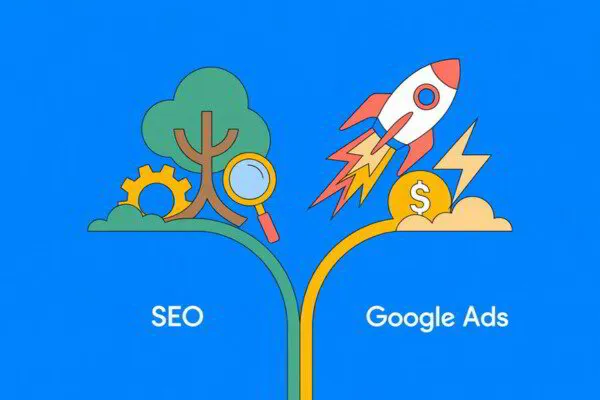
You wouldn’t wear flip-flops to a job interview or a tux to the beach. The same logic applies when choosing between SEO and Google Ads—it’s all about the right fit for the moment.
If your business needs instant visibility, like promoting a limited-time offer or launching a new service, running Google Ads is the faster route. You can appear at the top of search results within hours and fine-tune your campaign based on real-time performance.
This makes it ideal for time-sensitive campaigns, seasonal spikes, or competitive markets where organic rankings take time to build.
On the flip side, SEO is your go-to for long-term wins. It helps you build a digital foundation that keeps working behind the scenes. When your goal is consistent visibility, lower cost per lead over time, or becoming the go-to resource in your niche, investing in SEO efforts is the smart choice.
Targeting high-intent keywords, improving your website’s authority, and building organic search results creates sustainability that paid ads can’t match.
Many businesses benefit from using both SEO and Google Ads strategically. For example, an eCommerce store might run PPC ads during Black Friday to drive urgent sales while their blog content and product pages rank organically year-round.
You can also start with a higher Google Ads budget and gradually shift toward SEO as your organic traffic grows.
Here’s a breakdown to help you choose wisely:
When to Use SEO vs. Google Ads
| Scenario | Best Approach |
| Need quick results or immediate traffic | Google Ads |
| Launching a new product or service | Google Ads |
| Limited short-term budget, long-term marketing goals | SEO |
| Seasonal promotion or flash sale | Google Ads |
| Want consistent year-round visibility | SEO |
| Building long-term authority and brand trust | SEO |
| Targeting BOFU (ready-to-buy) keywords | SEO |
| Competing for high-cost, high-value search terms | Google Ads |
| A/B testing offers, headlines, or landing pages | Google Ads |
| Maximizing reach and performance across multiple channels | Both SEO and Google Ads |
When in doubt, don’t choose—combine. A layered digital marketing strategy that leverages both organic and paid traffic often delivers the most resilient results.
How SEO and Google Ads Can Work Together
Imagine having both a flashlight and a lantern in the dark—one gives you instant focus, the other lights up the whole space over time. That’s exactly how SEO and Google Ads can function when used together.
While many marketers feel the need to choose between the two, the real magic happens when they’re combined.
Google Ads delivers immediate traffic, making it perfect for testing the performance of new keywords, offers, or landing pages. You get instant feedback and can see what drives clicks, conversions, and engagement within days.
These insights can then inform your SEO strategy by helping you prioritize the keywords that are worth investing in for long-term content creation.
Meanwhile, SEO builds your site’s foundation. As your organic rankings improve, your business earns trust, authority, and continuous traffic without paying for every visit. This ongoing visibility is crucial, especially if you want to keep showing up when your PPC campaigns are paused or budgets fluctuate.
In competitive markets, appearing in both paid and organic search results not only doubles your visibility but makes your brand look more dominant and credible. Users are more likely to trust brands they see more than once in the search engine results pages, especially when they appear in both sponsored listings and organic search results.
For example, a financial services firm might use Google Ads to promote time-sensitive services like tax help in Q1, while SEO focuses on evergreen content like “how to reduce your taxable income.” One grabs attention fast, the other builds brand presence steadily.
When executed together, SEO and Google Ads don’t compete—they complement. Each supports the other by filling in visibility gaps, sharing keyword insights, and ultimately driving traffic from different angles.
The result? A more balanced, resilient digital marketing strategy that reaches potential customers at every stage of the search journey.
Conclusion
SEO and Google Ads aren’t rivals—they’re teammates playing different positions. One builds your authority over time, the other puts you on the field instantly. Whether you’re aiming for fast wins or planting roots for long-term growth, the smartest move is knowing when to use each—or better yet, how to use both together.
If you’re a brand that wants to dominate both the top ad slot and the top organic listing, don’t settle for either-or. The real power lies in a unified strategy that captures attention now and keeps it long after the click.
Want to make both work for your business without the guesswork? Boba Digital specializes in crafting SEO and PPC strategies that don’t just perform—they stick. Let’s turn your search presence into your strongest sales channel.
Talk to Boba Digital and discover how to get seen, clicked, and remembered: Contact us today.
FAQs
Is SEO or Google Ads better for small businesses?
The answer depends on your goals, timeline, and budget. Google Ads work well if you need immediate visibility, phone calls, or leads—especially during peak seasons or limited-time offers. SEO, on the other hand, helps build a long term solution by driving organic search traffic through content creation and keyword research. Many small businesses benefit from using both strategies. While Google’s advertising platform brings paid traffic instantly, a solid SEO strategy ensures your business’s online presence grows sustainably over time.
How long does it take to see results from SEO compared to Google Ads?
With Google Ads campaigns, you can start seeing traffic within hours after setup. These search ads give you immediate results as your site appears at the top of search engine results pages. SEO takes longer—often several months—to generate organic search results, since it relies on building authority and improving organic rankings. SEO is a long term investment that pays off over time, while PPC ads are more like flipping a switch: instant, but temporary.
Can Google Ads improve my organic search rankings?
Running Google Ads does not directly impact your position in organic search results. Google’s advertising platform and its search engine algorithm operate independently. However, using Google Ads can indirectly support your SEO efforts. For instance, paid ads can help test relevant keywords, monitor search volume, and analyze which search terms convert best. These insights can inform your SEO strategy and content creation, ultimately helping your website start ranking more effectively over time.
How do I decide where to invest my marketing budget?
Choosing between SEO and Google Ads often comes down to your goals and resources. If you want immediate visibility or are targeting high-value keywords with intense competition, paid search is ideal. But if your focus is long term growth and sustainable traffic, investing in SEO makes sense. Many brands combine both: using Google Ads for quick wins and SEO for lasting results. The best strategy balances paid advertising with organic search to maximize your return across digital marketing strategies.
Is it worth paying for SEO?
Absolutely—if you’re aiming for consistent traffic, brand authority, and long term ROI. While SEO doesn’t generate instant results like PPC campaigns, it helps your website climb to the first page of Google search results without paying for every click. SEO efforts like link building, optimizing for relevant keywords, and improving site structure can result in more organic traffic and higher click-through rates. In the long run, businesses that invest in SEO often reduce their reliance on paid ads while growing sustainably.

